Archive of photos uncovers Sydney’s history in late 1800 to early 1900s
HORSES and carts gallop down roads, men dressed in suits with homburg hats stroll through the streets, a single telegraph pole stands at the peak of its prime and lamp posts light the streets at night. That is what George St and Martin Place used to look like.
NSW
Don't miss out on the headlines from NSW. Followed categories will be added to My News.
THE corner of George St and Martin Place buzzes with life but not of the sort that we recognise now.
Horses and carts gallop down roads, men dressed in suits with homburg hats stroll through the streets, a single telegraph pole stands at the peak of its prime and lamp posts light the streets at night.
That’s not all. Coogee through a Sepia eye, ferries to Manly from a vintage Circular Quay with views of a, now demolished, Mort & Co woolshed in the distance and a panoramic shot of Sydney devoid of all traces of our iconic Opera House.
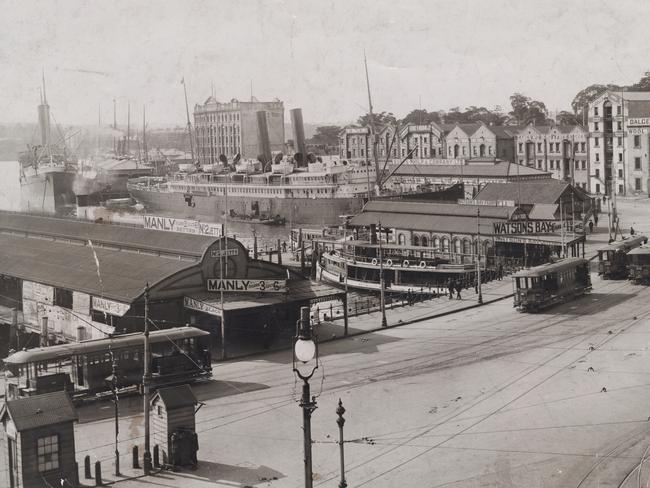
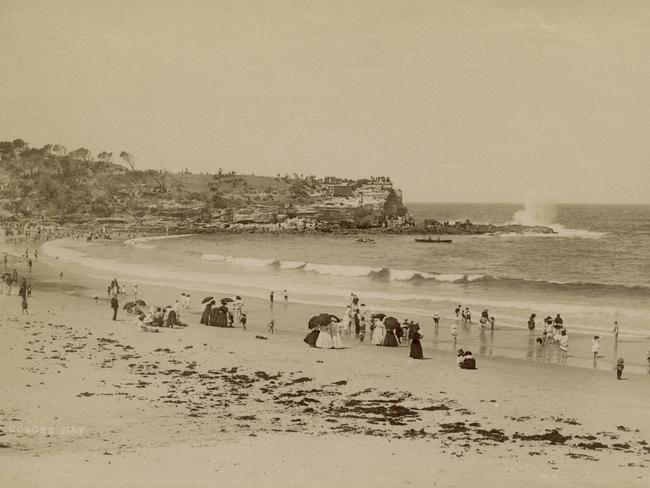
MORE FROM HARSIMRAN GILL
How to become a foster parent for children in need
Assistance ‘super’ dogs to help lives of many Aussies
Foxtel’s new series help travellers plan perfect holiday
That is a glimpse of what Australia was like.
These never before seen images of Australia will be made available by the Getty Images Hulton Archive in London which houses over 130 million images, 1% of which have been digitised.
For Julia Horne, Associate Professor and History Principal Research Fellow and the University of Sydney, a particular photo was of interest.
“The Manly photo is interesting as it reminds us that, in the late 19th century, leisure pursuits for city-dwellers were on the rise with the establishment of daytrip seaside resorts such as those at Manly and Coogee.”
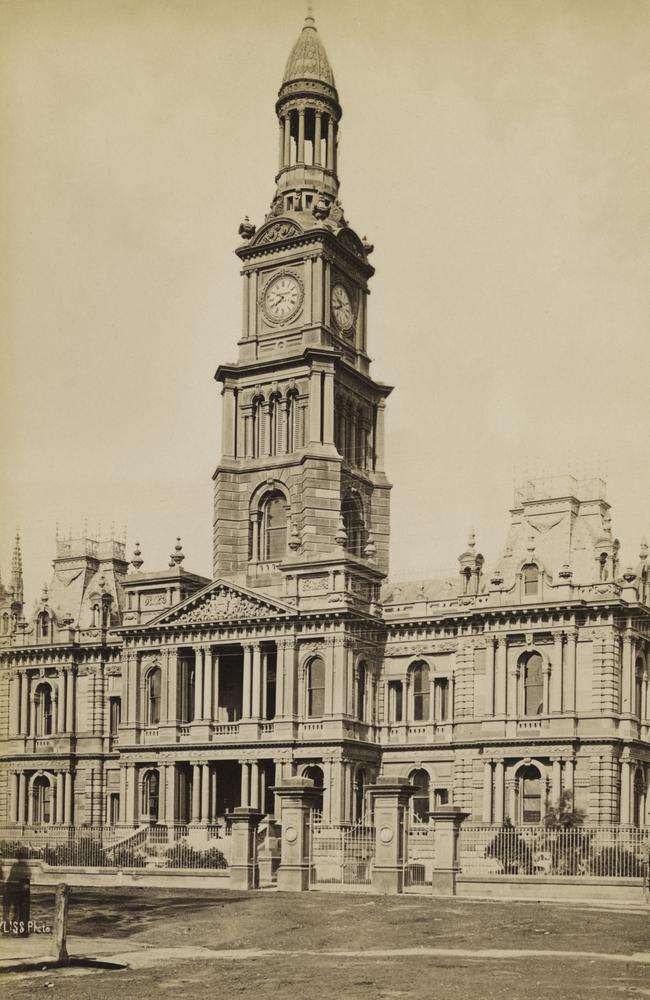
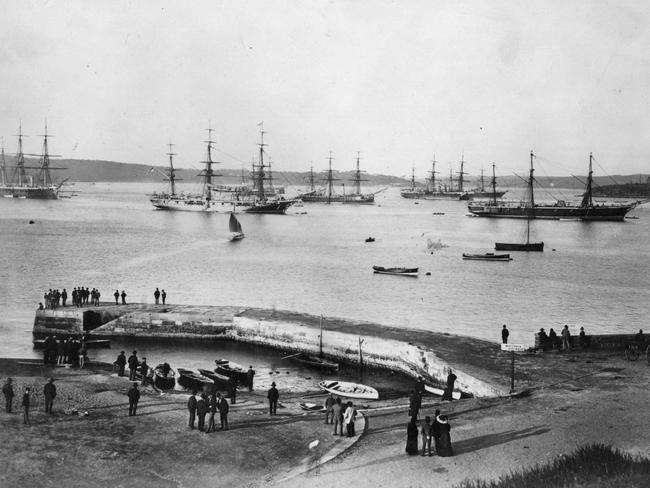
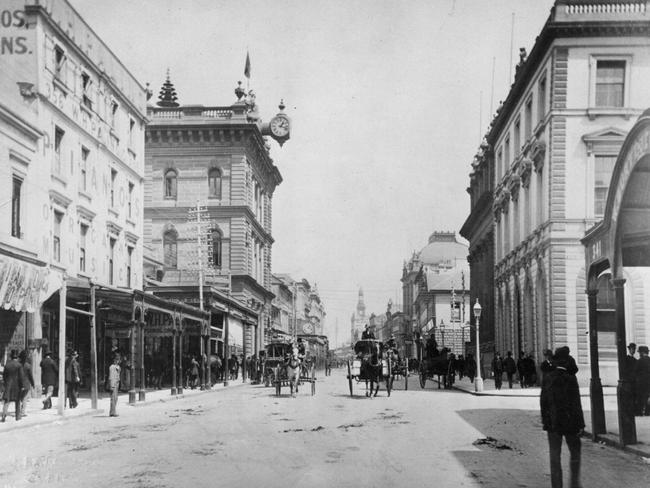
Richard Waterhouse, ex-Bicentennial Professor of Australian History, claims that the photographical archives provide a unique insight into the time.
“The photographs allow us to see Australia as a very, very prosperous society - possibly with some areas reaching the highest standards in the world at the time- but also having had these pockets of poverty as well.”
Melanie Hough, curator at the Hulton Archive, stated that the photos provide insights to times where there are no live witnesses. Photographers, like Charles Bayliss whose work was found in the archive, held the key to metaphorical time travel.
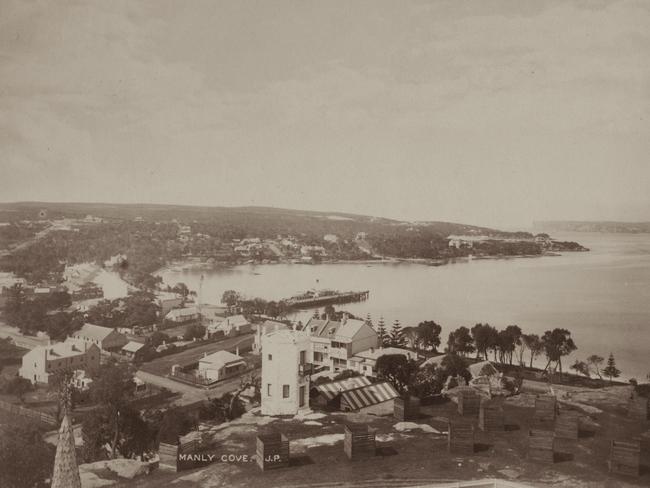
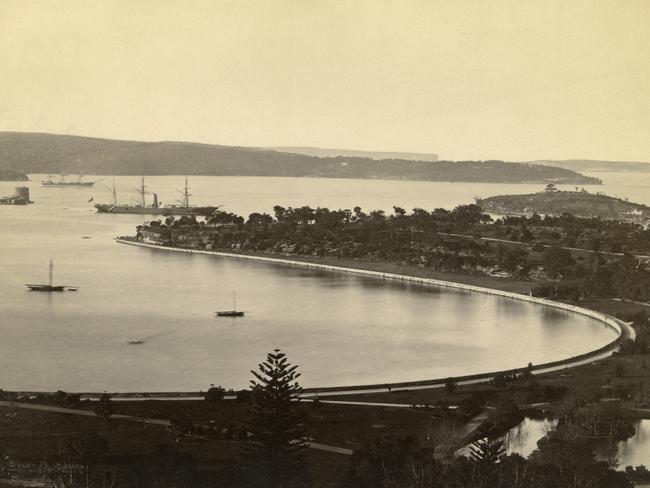
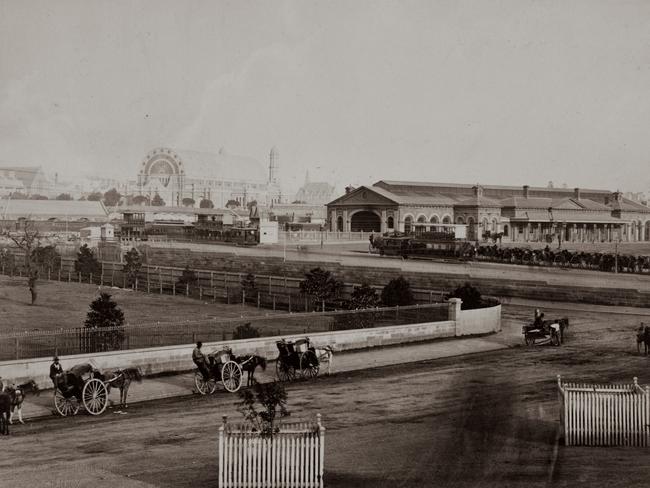
“Bayliss, for example, went out to a lot of smaller gold mining towns and other major cities which is where we start seeing the immigrants that built Australia, essentially. To see these figures standing outside the houses that they made from mining money is poignant and an extraordinary testament to this time of industrialisation, adventure and discovery,” she said.
The Hulton Archive undertakes a delicate procedure to conserve these historical images.
“Our conservator removes the prints from the backing, washes them with neutral chemicals, relaxes the print to prevent curling and then houses it in a clean sleeve so it can be enjoyed, scanned, digitised and stored appropriately.”
The Hulton Archive aims to make images available to everyone that is interested in viewing Australia’s historical images.
“We have this vault of cultural heritage and, out of duty to the photographs, they need to be seen and visible and that story needs to be told,” said Melanie Hough.
